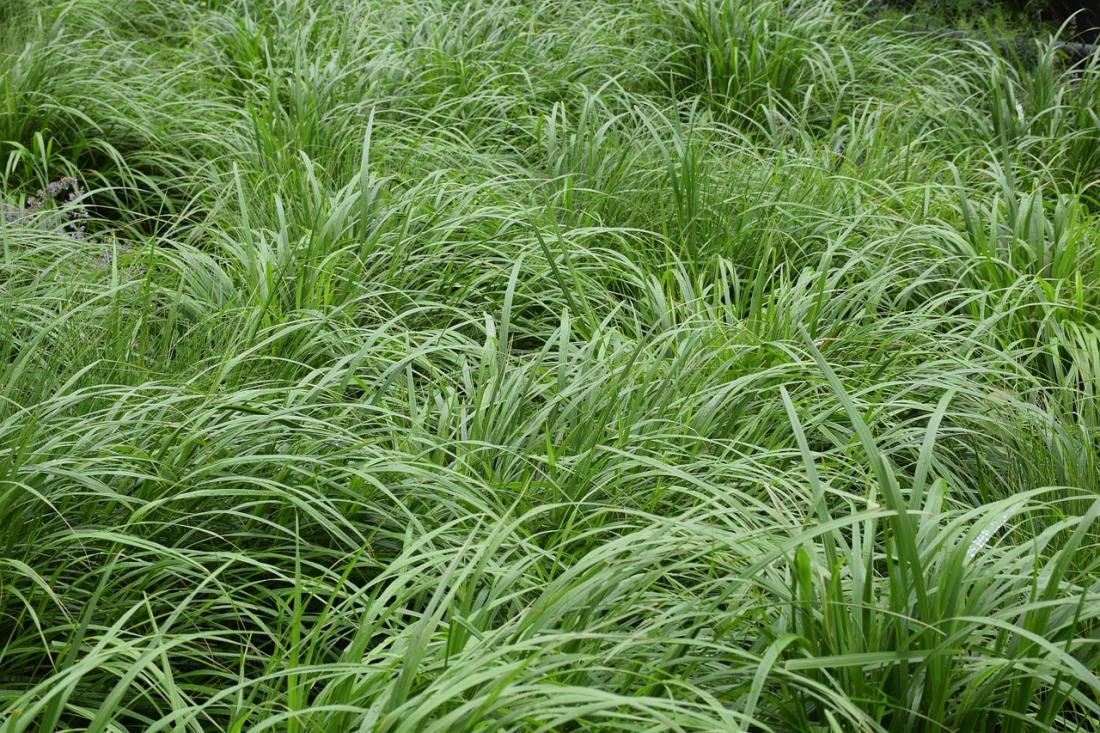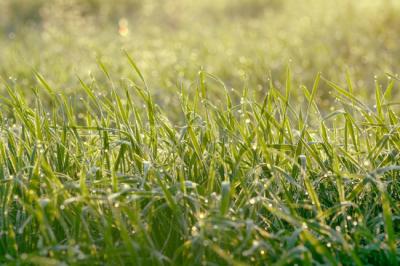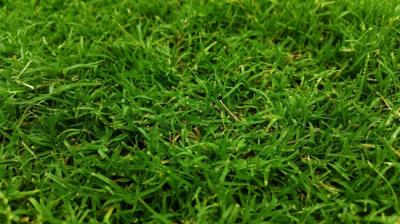Plantation of sod in the lawns and golf courses gives a luxurious touch to your surroundings. A richly grown lawn with either Zeon Zoysia, Centipede, or Empire Zoysia sod is the perfect retreat for nature lovers. From planning to installation of sod, you invest energies; physical, mental, and financial. Finally, standing at the doorstep of your home, enjoying the sight of a plush green lawn has a charm you can’t express in words. This is where you feel that your energies have borne fruit. But, frankly speaking, it’s the time when another great challenge starts lurking and that is how to take care of this luxury.
Zeon Zoysia Sod Lawn; taking care of your turf grass
Atlanta Sod has been taking care of turf grass lawns for 20 years. We grow high-quality sod in our farms and provide premium delivery services in Georgia. An average residential lawn in the US is roughly 10, 871 square feet or quarter of an acre. Per square foot cost of installing sod, either Zeon Zoysia sod, Emerald Zoysia sod, or any other grass, ranges between $1.20 to $1.45. We can understand the pain of our customers who spend this amount to experience high-end leisure time.
Initial Care of Sod Cover
No matter what turf you choose; centipede sod, empire zoysia, or emerald zoysia, after installation what you primarily need to know is the right time to water, mow and add fertilizer. An imbalance in any of these processes may end up in a ruined newly installed sod. All grass needs nutrients, but the needs of a new sod are different from an already established lawn. Here we listed things you need to know about fertilizer for new sod.
- For strengthening a new sod root system, phosphorus is the best nutrient. It helps grow strong roots
- Potassium supports a healthy and strong cover, which is drought-resistant and least vulnerable to diseases. It also helps develop a hard turf that survives in cold conditions
- Carbon addition in fertilizer contributes to the overall health of the new grass
- Nitrogen and iron help promote a greener lawn, but they are required in smaller amounts
Choosing the right fertilizer, analyzing the label
Ideally, a new sod needs fertilizer rich in phosphorus contents. But there's a need for other nutrients as well. To get to know what proportion of the nutrients is packed inside the bag, you need to analyze a simple formula. Take a look at this example of a label that reads like 8-0-24. It’s known as the N-P-K ratio, which means that the packed fertilizer has 8% nitrogen, 0% phosphorus, and 24% potassium. Understanding this nutrient guide will help you choose the best fertilizer that your new sod needs.
Liquid or Granular Fertilizer?
There are two types of fertilizers: liquid fertilizer or granular, what to choose for healthy sod? Both are added to the grass cover based on the turf needs. For new turf, it’s better to use the liquid one, because it has less mineral content. A tender turf needs less concentration of mineral salts, like potassium and nitrogen. The granular fertilizer settles in the soil and breaks down on receiving water and microbes, while the liquid one directly penetrates the soil.
Right Time for adding Fertilizer
Adding fertilizer is more about the right proportion than the right time. You can fertilize the sod on the same day of installation but with the required contents. Adding fertilizer rich in potassium and nitrogen to a new sod will steer away the tender roots. The new sod cover, whether it is a centipede, empire zoysia, or emerald zoysia, typically needs a lot of phosphorus and little values of potassium and carbon. It’s because the latter are more concentrated chemicals, and the new plant doesn’t need the higher proportions.
Time to Switch towards regular fertilizer
Once your new sod holds its roots and the turf shows proper growth, then you may start using the regular fertilizer. If the weather conditions stay stable then usually after 30 days, your turf gets mature, and you can start scheduling an established lawn fertilization process. For having a healthy turf cover, you must know the best time to lay the sod. If you have chosen the wrong no matter what quality fertilizer you add, it won’t work. If the sod is installed in spring, you will use spring fertilizer and for summer you will use the summer pack.
Atlanta Sod Farms has extensive expertise on the type of grass, ground condition, ideal sodding weather, and best fertilizing times. If you are looking for types of sod cover, from Zeon Zoysia Sod to Tall Fescue sod, we are here to serve!
FAQs
What is the most important thing to consider about the fertilizer type?
First of all, you need to know that the fertilizer should be according to the ongoing season.
Should I use liquid or granular fertilizer for a new sod cover?
It’s better to use liquid fertilizer for new sod because it contains less minerals.
What is the specialty of Zeon Zoysia?
It’s an engineered sod cover that puts forth fine-bladed grass with increased shade resistance and the highest growth rate.






